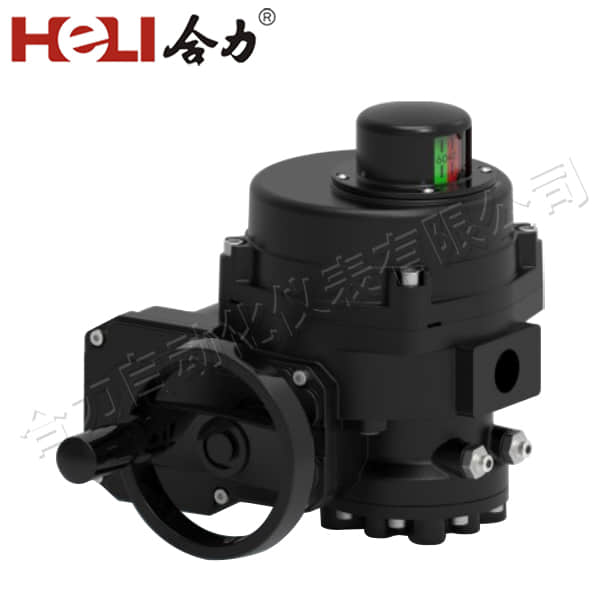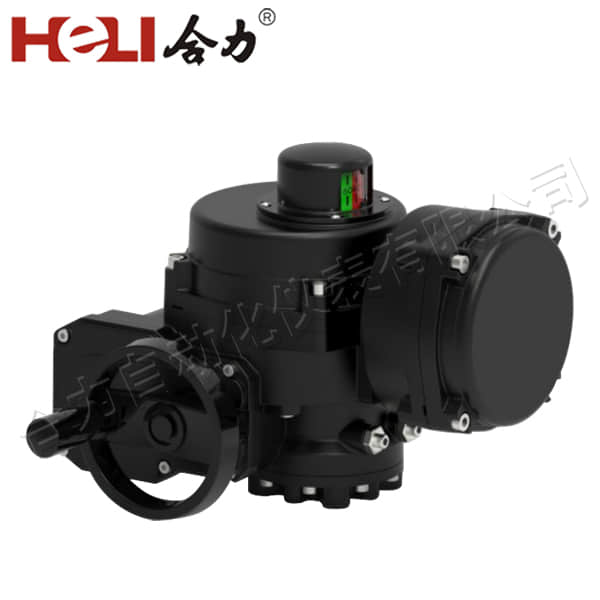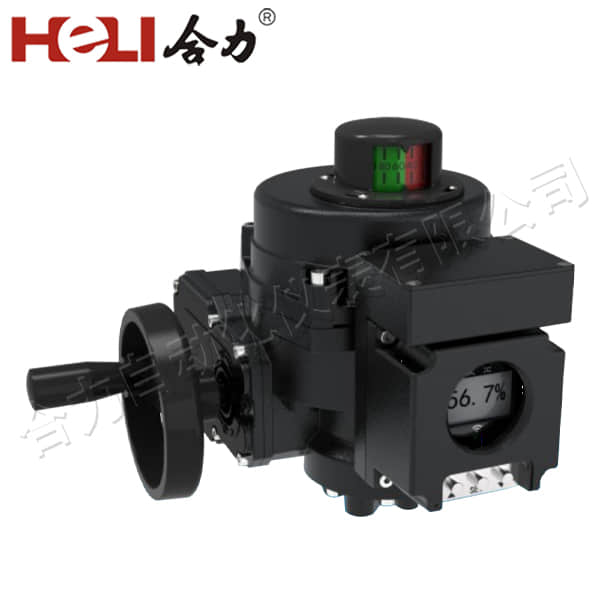

An electric actuator valve consists of two main components: the valve itself and the electric actuator that drives the valve. The electric actuator is an electrical device that uses an electric motor to produce mechanical motion, which in turn operates the valve. This motion can either open, close, or modulate the valve to control the flow of gases, liquids, or other materials within a pipeline or system.
The actuator is controlled by an electrical signal, often coming from a remote conrol system or a supervisory control and data acquisition (SCADA) system. The actuator responds by moving the valve to the desired position, offering high accuracy and repeatability. Electric actuator valves can be categorized based on their functionality: on/off valves for simple flow control and modulating valves for more precise flow adjustments.

t An electric actuator valve is a critical component in many industrial systems, providing precise control over fluid flow and pressure. These valves, powered by electric actuators, are widely used in industries such as oil and gas, water treatment, HVAC, and manufacturing. This article delves into the working principles, applications, and advantages of electric actuator valves, highlighting their importance in modern automation systems.
What is an Electric Actuator Valve?